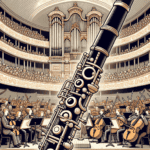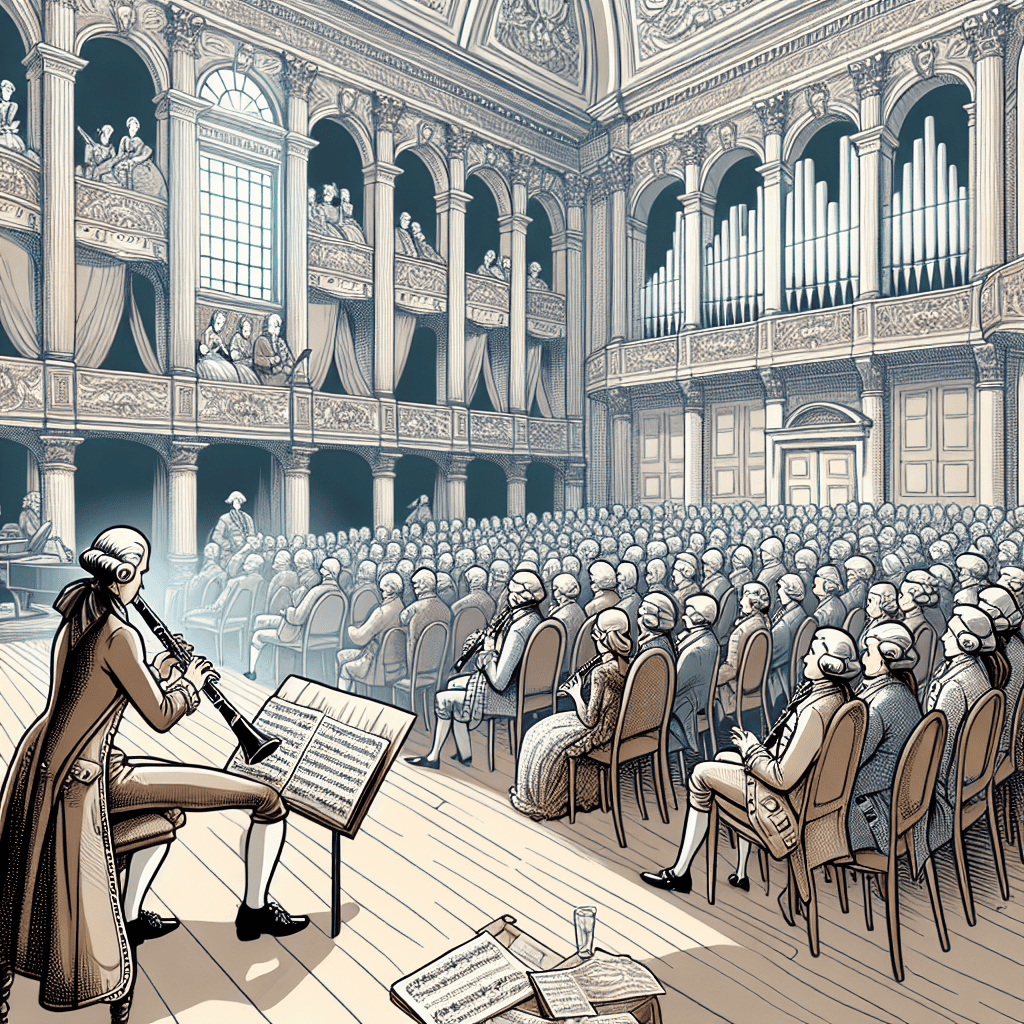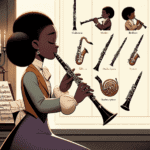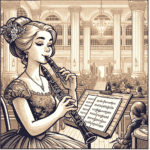The Clarinet: Bridging Jazz and Classical Music
Let's talk about the clarinet in jazz-influenced classical music! This wonderful instrument has moved through many genres, but there's something special when it mixes jazz feelings with classical structures. Imagine smooth melodies floating through a jazz club, then shifting into the elegance of a symphony. This smooth transition shows how flexible the clarinet really is!
To start, let's look at some history. The clarinet, created in the early 18th century, quickly became popular in orchestras and bands. Its warm, rich sounds attracted many composers, leading to its important role in classical pieces. As we entered the 20th century, jazz burst onto the scene! The clarinet found a new voice—full of improvisation and rhythm. Who can forget famous players like Benny Goodman and Artie Shaw, who brought the clarinet to new heights with their jazzy style?
Timeline of Clarinet in Jazz and Classical Music
| Year | Event |
|---|---|
| Early 18th century | Invention of the clarinet |
| Late 18th – 19th century | Rise in popularity in classical orchestras |
| Early 20th century | Jazz emerges, clarinet finds new voice |
| 1930s-1940s | Benny Goodman and Artie Shaw popularize jazz clarinet |
| Mid-20th century onwards | Jazz influences classical compositions |
The Jazz-Classical Fusion
When we explore the mix of jazz and classical music, we can't ignore the amazing works that came out. Composers like Leonard Bernstein and Aaron Copland added jazz elements to their music, and the clarinet often played those unique textures and fun melodies. Think about Bernstein's “West Side Story”! The clarinet spins through the music, capturing the energy of the streets while still fitting perfectly into the grand orchestra sound.
Mastering Clarinet Technique
Now, let's talk about playing! The clarinet is all about range and expression. Whether you're playing a lively jazz tune or a rich classical phrase, controlling your volume is key. Try different ways of playing notes! You can create a strong, powerful sound or a soft, whisper-like note. The quality of your sound is just as important as the notes, and the clarinet can express a wide range of emotions.
Incorporating Jazz Elements
Jazz clarinet players often use swing rhythms, blues scales, and fun offbeat patterns, adding excitement to structured classical pieces. Learning to add these to your playing can connect different music styles. It's like going on an adventure through musical types—from carefully arranged symphonies to free-flowing jazz!
The World of Clarinet Ensembles
Don't forget about the amazing clarinet groups that are becoming popular in the jazz-influenced classical world. Groups like the Martin Freres Clarinet Ensemble create exciting musical conversations, combining their skills to make rich, mixed soundscapes. These groups can creatively reimagine classical pieces with a jazz twist, giving a fresh take on beloved music.
Mastering Both Jazz and Classical
Remember, playing this mixed style needs a good understanding of both jazz and classical methods. This means learning to listen, adjust, and sometimes make up music on the spot! Surround yourself with both types of music—listen to the great players from both sides and study how they play. Jazz stars and classical masters all have something to teach you.
Finding Your Unique Voice
In the end, developing your own style is most important. The clarinet isn't just an instrument; it's a way to express yourself. In jazz-influenced classical music, you can explore new sound possibilities! Get inspired by clarinets like Martin Freres, known for their warm sounds and great responsiveness; they work perfectly for this style!
So, pick up your clarinet, listen to some of your favorite jazz-classical mix music, and let it guide you to new ideas. Whether you're playing blues or a classical sonata, the clarinet can do it all. Now go out and create your own special sound!







